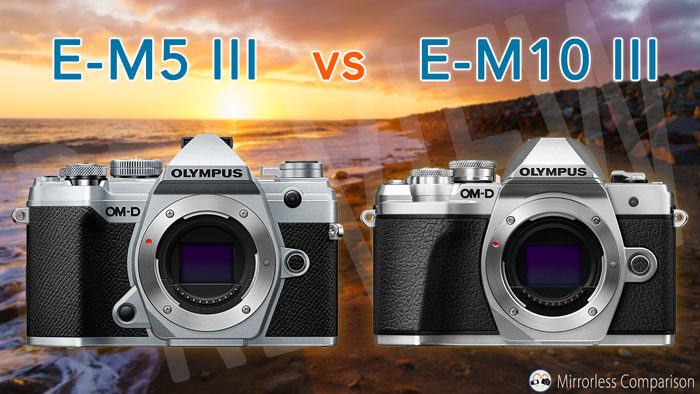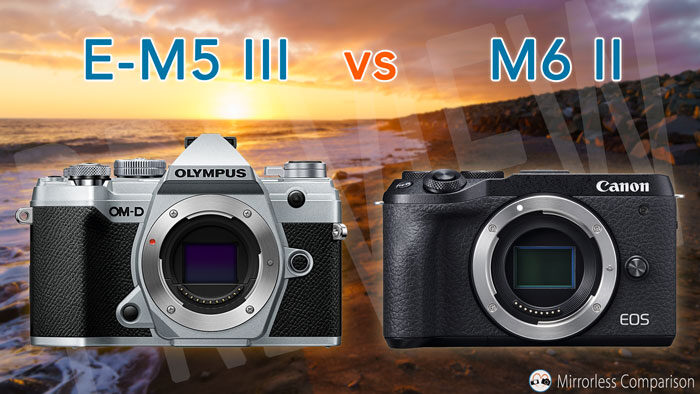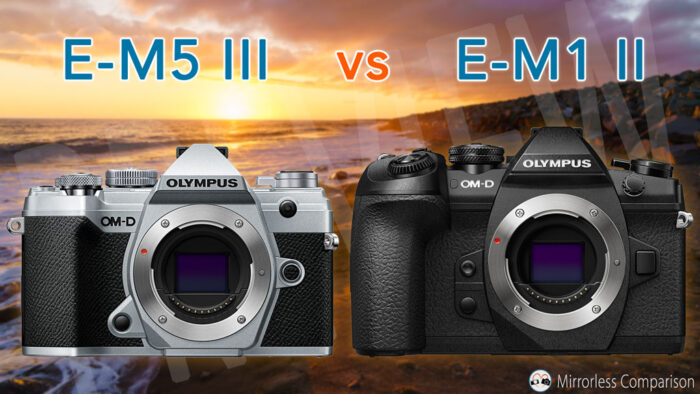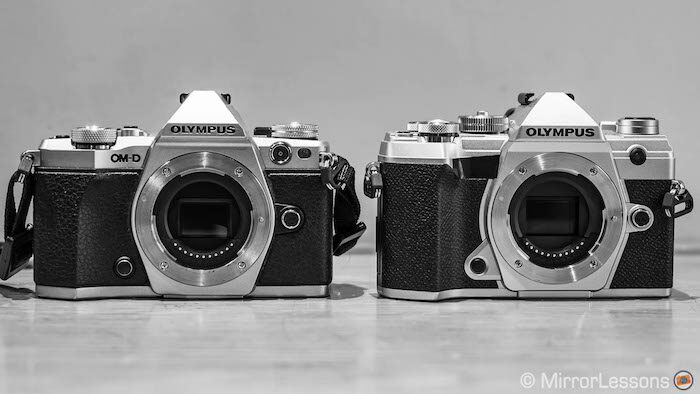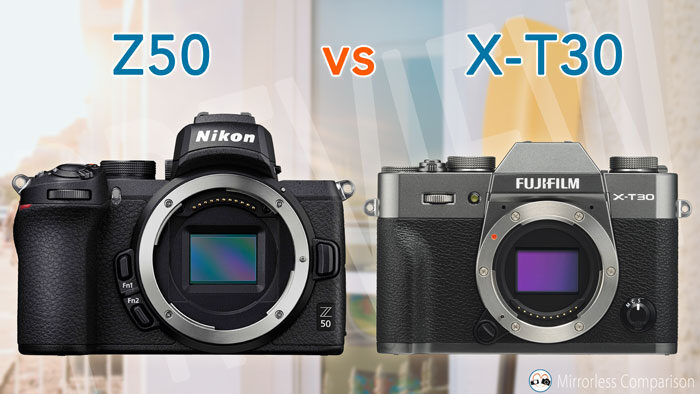The E-M5 III arrives four years after its predecessor and brings some important upgrades such as phase detection autofocus and 4K video, features that are now commonly found on other cameras.
The E-M10 series has developed more rapidly than the E-M5 perhaps because of its more attractive price point. It is the entry level model in the OM-D range but retains some key features found on other cameras. Let’s see how these two mark III models compare.

